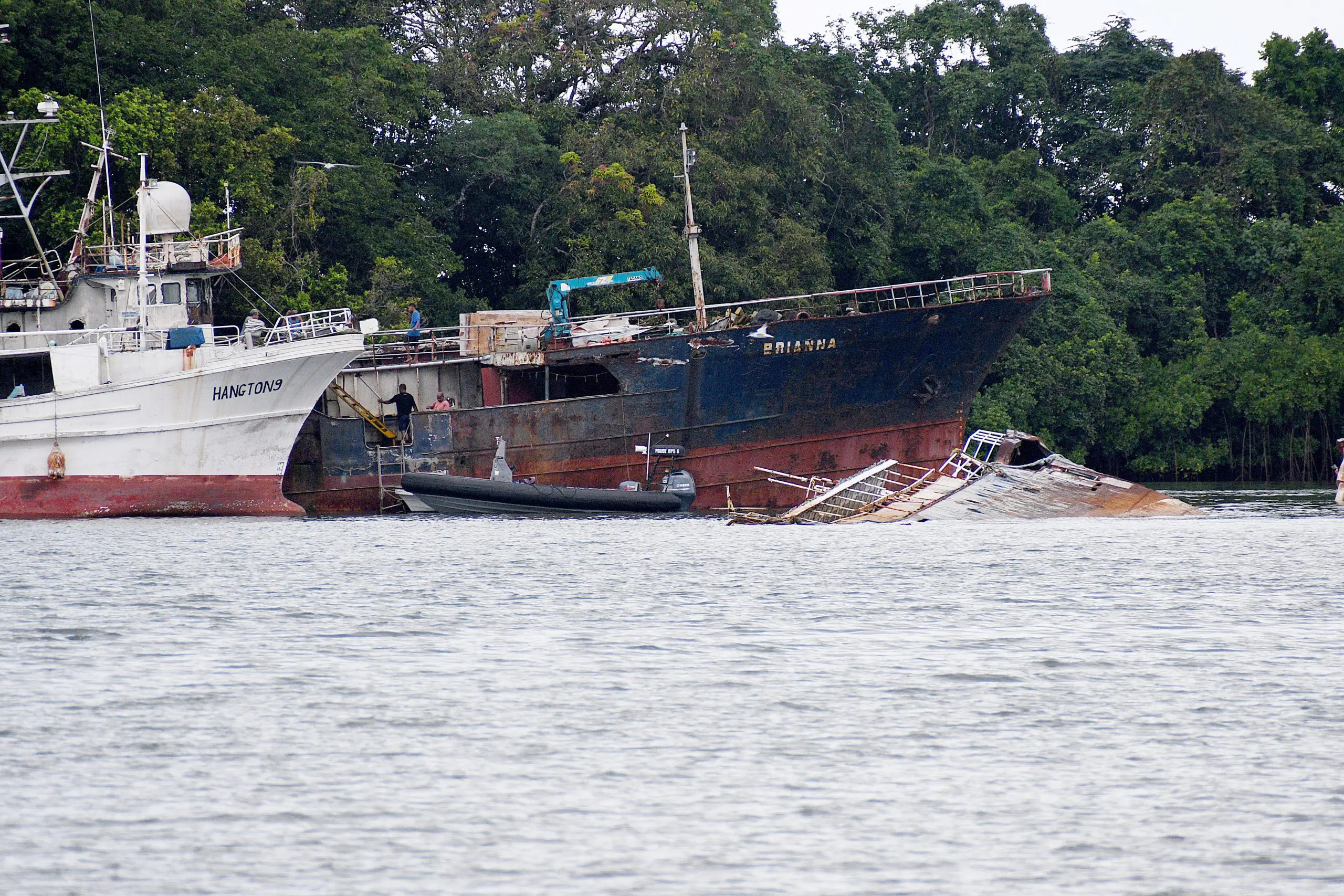Sir Creek Dispute: Overview and Significance
Location and Strategic Importance
Sir Creek is a 100-km-long tidal estuary formed between India’s Rann of Kutch and Pakistan’s Sindh province. This narrow waterway marks the westernmost border between the two nations, and while its size may seem insignificant, it is at the heart of a longstanding territorial dispute that carries considerable strategic and economic implications for both countries.
Recent Developments
In a recent address during the Vijaya Dashami celebrations at the Bhuj Military Station, Indian Defence Minister Rajnath Singh issued a stern warning to Pakistan regarding any hostile actions in the Sir Creek area, emphasizing the region’s strategic importance for accessing Karachi. His remarks signal India’s military readiness to counter potential provocations, highlighting the geopolitical stakes tied to this estuary.
Colonial Roots of the Dispute
The origins of the Sir Creek dispute trace back to colonial-era maps and agreements at the time of India’s Partition in 1947. India claims that the boundary lies along the mid-channel of the creek, as supported by a 1925 map and the Thalweg principle—which determines the boundary along the deepest navigable channel of a waterway. In contrast, Pakistan argues that the eastern bank of the creek, referenced in a 1914 resolution between the Rao of Kutch and the Sindh administration, should define the boundary, thus granting Pakistan greater access to India’s coastal regions. This conflicting interpretation has rendered multiple rounds of negotiations futile.
Strategic and Economic Stakes
Despite its small size, Sir Creek has immense strategic significance. The area is vital for Pakistan’s defense capabilities, especially its naval operations in Karachi, which is considered an economic and military hub. Following military operations, Pakistan has enhanced its defenses in the region, hence boosting concerns for India. The vulnerability of coastal areas was starkly highlighted by the 2008 Mumbai attacks, which exploited loopholes in maritime security.
Economically, Sir Creek is also essential due to its potential untapped oil and gas reserves—an important resource as India seeks to diversify its energy supplies. The estuary also supports flourishing fishing communities in Gujarat and Sindh; however, the absence of a clear boundary often leads to conflicts, such as frequent arrests of fishermen crossing into each other’s waters.
Impact on Maritime Claims
The delineation of boundaries at Sir Creek has broader implications for the delimitation of Exclusive Economic Zones (EEZs) for both nations in the Arabian Sea, which extend 200 nautical miles from a country’s coast. Settling the Sir Creek dispute is therefore critical not only for territorial clarity but also for defining rights over maritime resources, impacting potential access to significant underwater energy wealth.
Conclusion
The Sir Creek dispute encapsulates a complex interplay of history, military strategy, and economic interests between India and Pakistan. Efforts to resolve the issue remain ongoing, but its resolution is intertwined with the broader context of maritime rights and security in the region. As both nations continue to assert their claims, the significance of Sir Creek as a contested border remains a flashpoint for potential conflict, underscoring the need for dialogue and diplomatic engagement.




